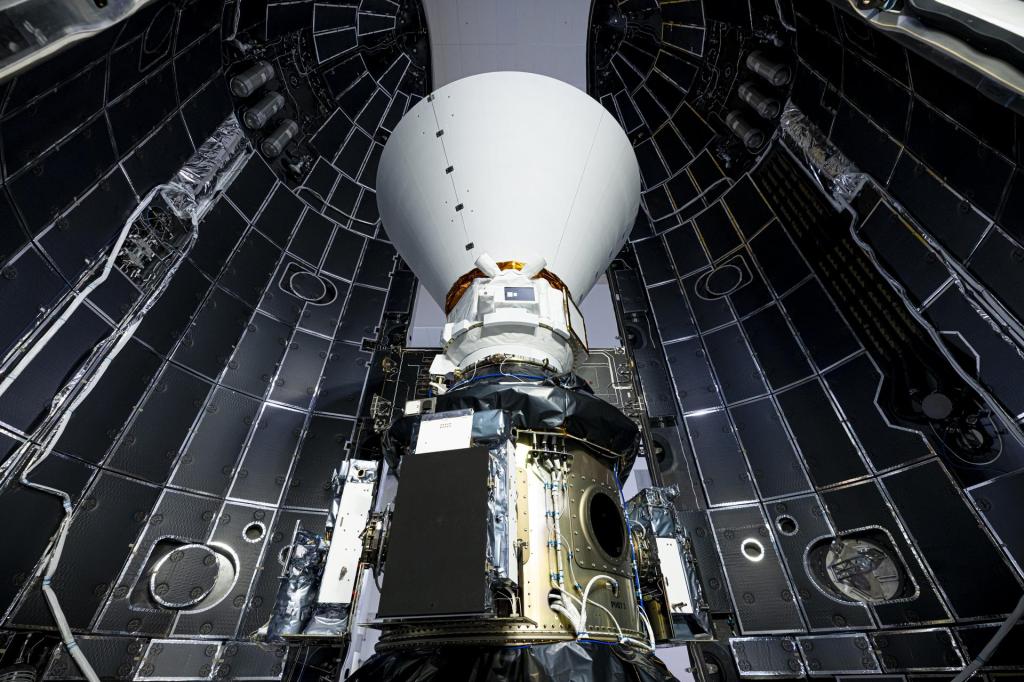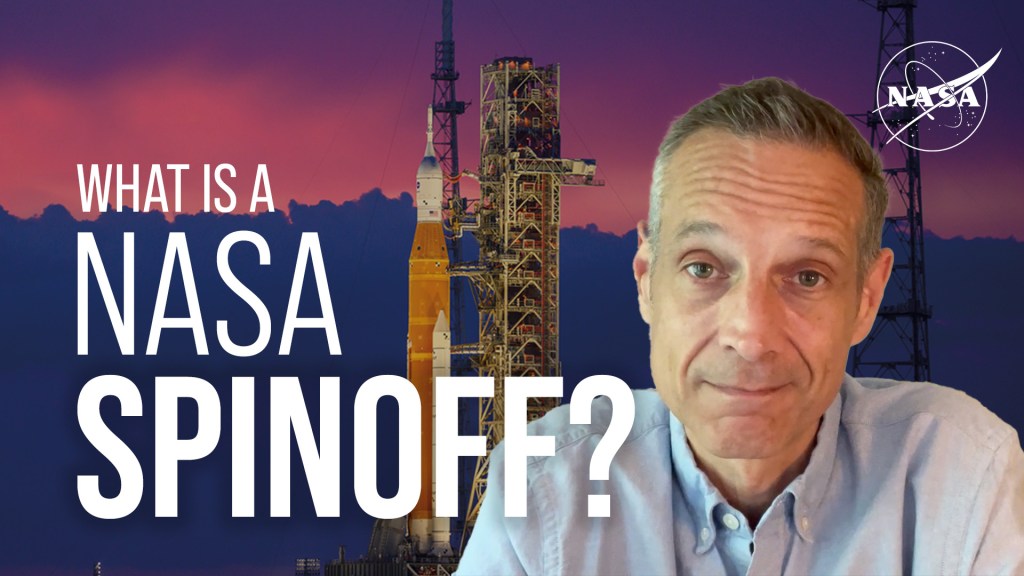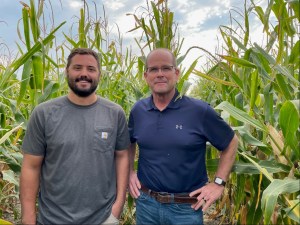NASA and its partners at the German Space Agency at the Deutsches Zentrum für Luft- und Raumfahrt (DLR) will conclude the Stratospheric Observatory for Infrared Astronomy (SOFIA) mission, after a successful eight years of science. SOFIA will end operations no later than Sept. 30, 2022, at the conclusion of its current mission extension.
SOFIA is a Boeing 747SP airplane modified to carry a reflecting telescope. SOFIA completed its five-year prime mission in 2019 and currently is completing a three-year mission extension.
As part of its review of the current state of astronomical research, the National Academies’ Decadal Survey on Astronomy and Astrophysics 2020 evaluated SOFIA. The report, which provides peer-reviewed recommendations to NASA for the future of U.S. astrophysics, concluded SOFIA’s science productivity does not justify its operating costs. The report also found SOFIA’s capabilities do not significantly overlap with the science priorities the Decadal Survey has identified for the next decade and beyond.
The Decadal Survey therefore recommended NASA end the SOFIA mission after its current mission extension. NASA and DLR have accepted this recommendation. SOFIA will finish out its scheduled operations for the 2022 fiscal year, followed by an orderly shutdown.
Hundreds of individuals in the United States and Germany have contributed to the SOFIA mission over its lifetime. It began development in 1996, saw first light in 2010, and achieved full operational capability in 2014. In the eight years since, SOFIA’s observations of the Moon, planets, stars, star-forming regions, and nearby galaxies included the discovery of water on the sunlit surface of the Moon in 2020.
Moving forward, SOFIA’s data will be available in NASA’s public archives for astronomers worldwide to use. NASA will continue to advance the future of scientific discovery in infrared astrophysics, starting with the recently launched James Webb Space Telescope, as well as further opportunities recommended by the Decadal Survey.



































